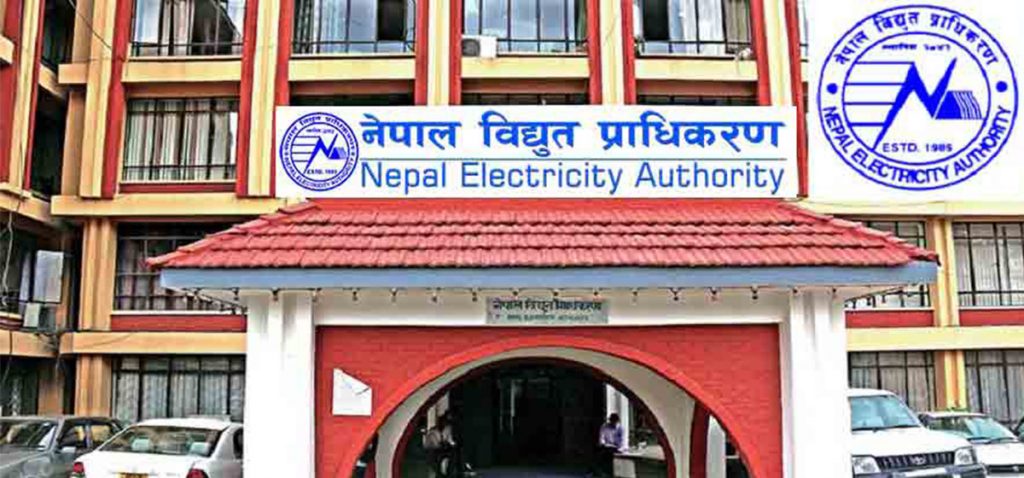KATHMANDU: The Nepal Electricity Authority (NEA) has once again received a Double A Plus (ICRA NP AA+) rating from ICRA Nepal Ltd., marking its third consecutive year of achieving this prestigious credit rating.
The rating was based on an in-depth evaluation of NEA’s financial stability, assets, business and financial risks, managerial capabilities, and internal and external operational factors. This continued high rating highlights the authority’s strong financial position and ability to meet its financial obligations on time.
Strengthened Financial Position and Growth
NEA’s Executive Director Kulman Ghising emphasized that the consistent Double A Plus rating reflects the authority’s robust financial health and strong debt-servicing ability. He noted that NEA is now well-positioned to expand its investments in large-scale hydropower projects and further strengthen the electricity transmission and distribution network across Nepal.
Ghising stated, “The rating process, a crucial criterion for public share issuance, has been completed. We have also finalized the valuation of NEA’s real assets. Once we receive government approval, we will initiate the process of issuing shares to the public. The capital raised will be invested in the development of large-scale hydropower projects.”
Public Share Issuance and Investment Plans
NEA plans to issue primary shares to the public with a premium added to 20% of its NPR 300 billion paid-up capital. The share price is expected to be around NPR 300 per unit, including the premium.
The authority’s annual revenue stands at NPR 116 billion, while its total assets exceed NPR 700 billion. The planned share issuance aims to attract investment and support the construction of new hydropower projects to meet Nepal’s growing energy demands.
Hydropower Expansion and Reduced Financial Losses
The government-owned NEA plays a crucial role in electricity generation, transmission, distribution, and cross-border power trade. It has already signed long-term Power Purchase Agreements (PPAs) for nearly 11,000 MW with both domestic and international investors, ensuring stable energy supplies for the future.
Over the years, NEA has made significant progress in reducing technical and non-technical electricity losses, expanding its customer base, lowering operational costs, and increasing revenue. In fiscal year 2072/73, NEA suffered a net loss of NPR 8.89 billion, but by fiscal year 2073/74, it recorded a net profit of NPR 1.5 billion, beginning a new phase of profitability. In the last fiscal year 2080/81, NEA’s profit surged to NPR 14.46 billion, with its accumulated surplus reaching NPR 47.41 billion.
Additionally, system-wide electricity leakage has been significantly reduced from 25.78% in 2072/73 to just 12.73% in the last fiscal year, ensuring greater efficiency and financial sustainability.
Government Support and Future Outlook
The Nepal government continues to provide financial support to NEA through annual budget allocations, share investments, and operational funding. As a government-owned strategic entity, NEA holds a monopoly over electricity transmission, distribution, and trade within Nepal and across borders.
With strong financial backing, improved credit ratings, and growing energy investments, NEA is poised to play a leading role in Nepal’s hydropower expansion, economic growth, and cross-border electricity trade in the coming years.

